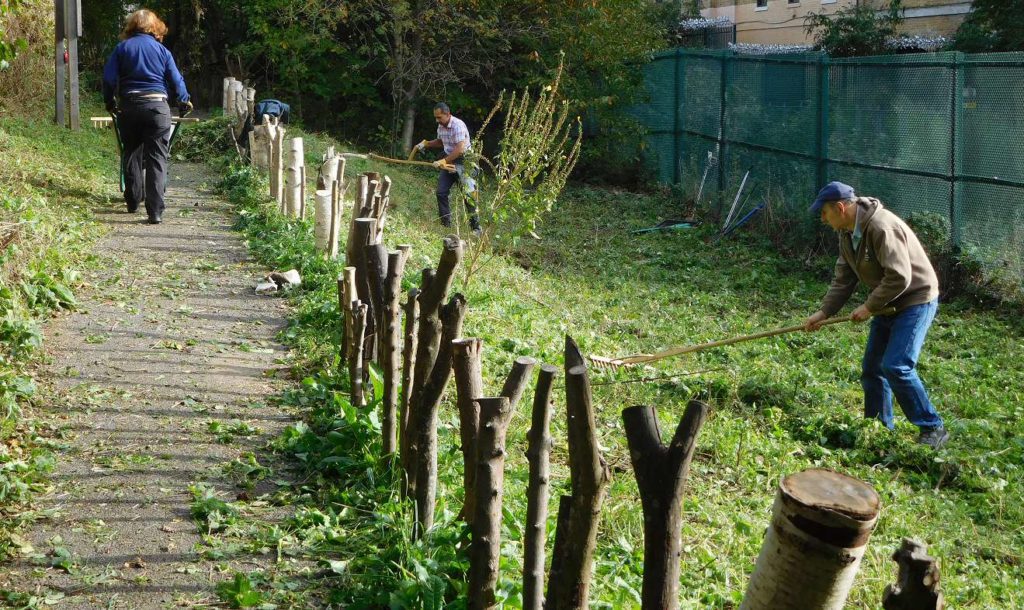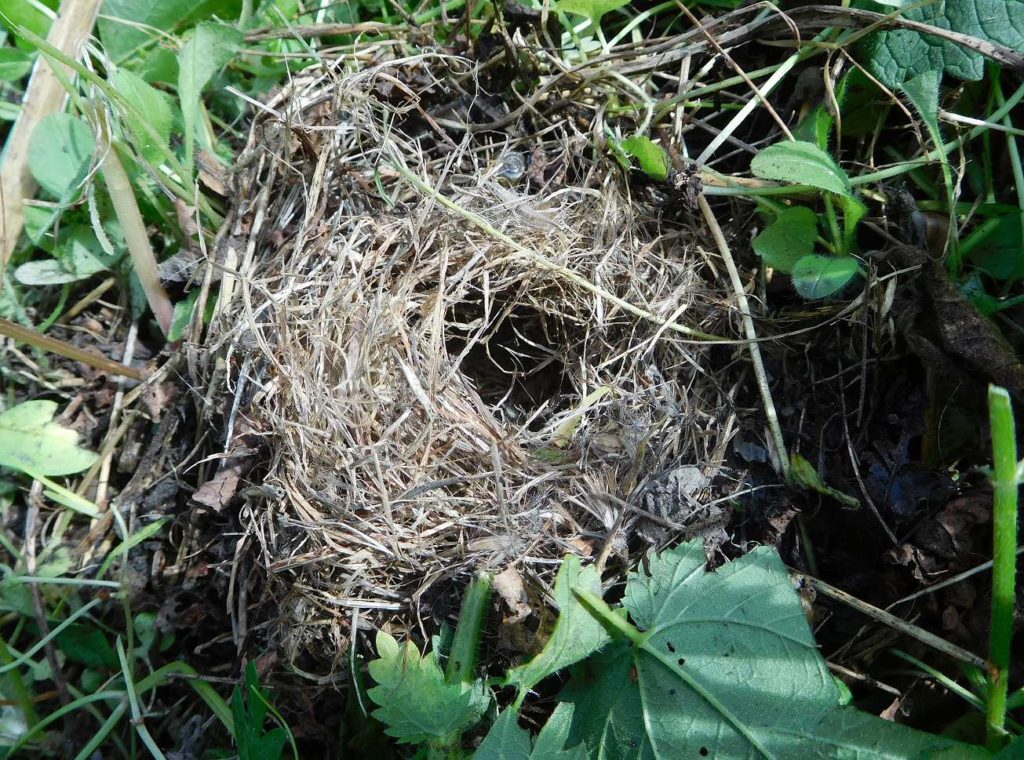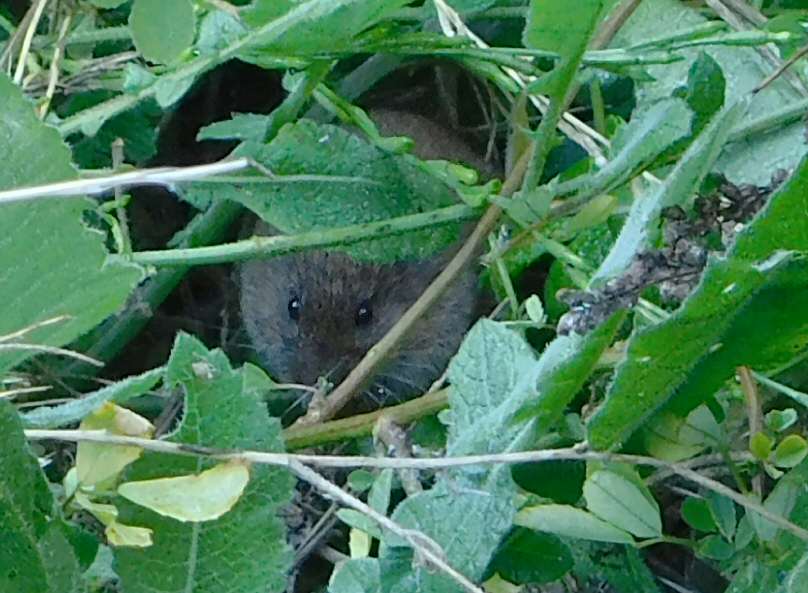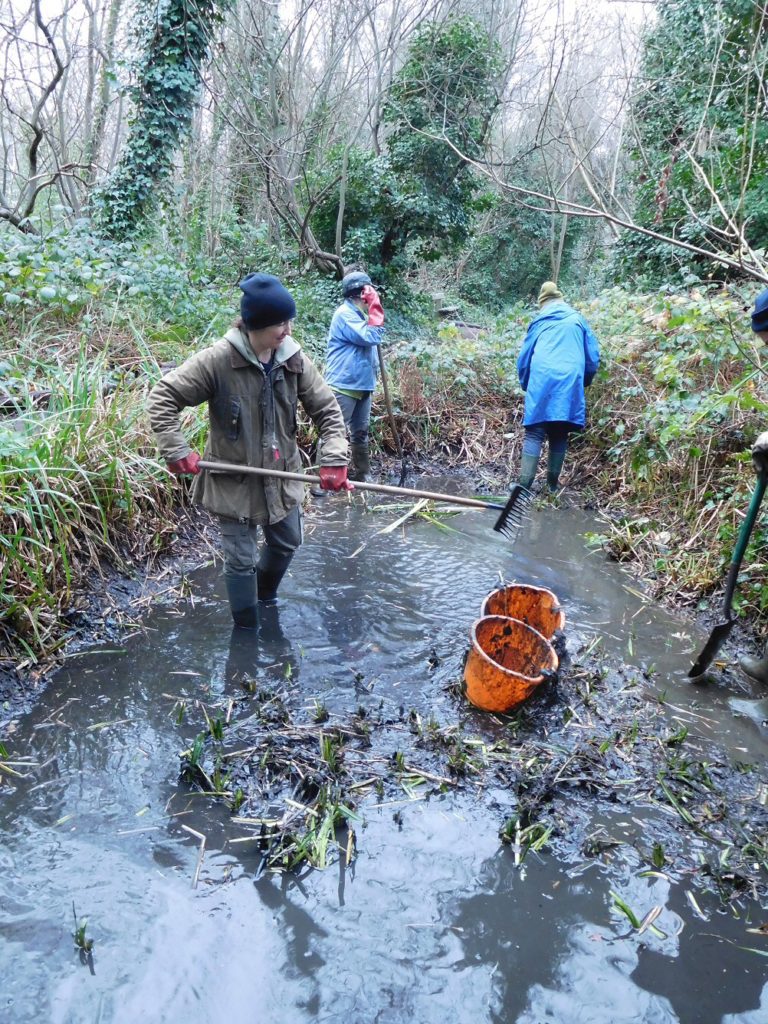
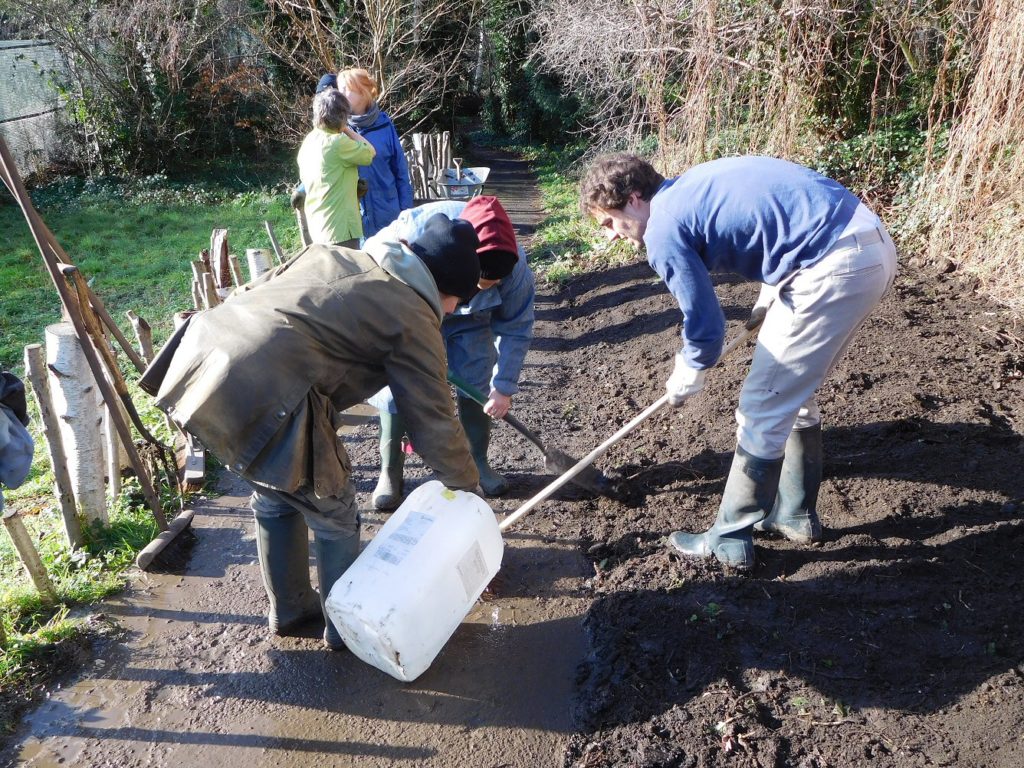


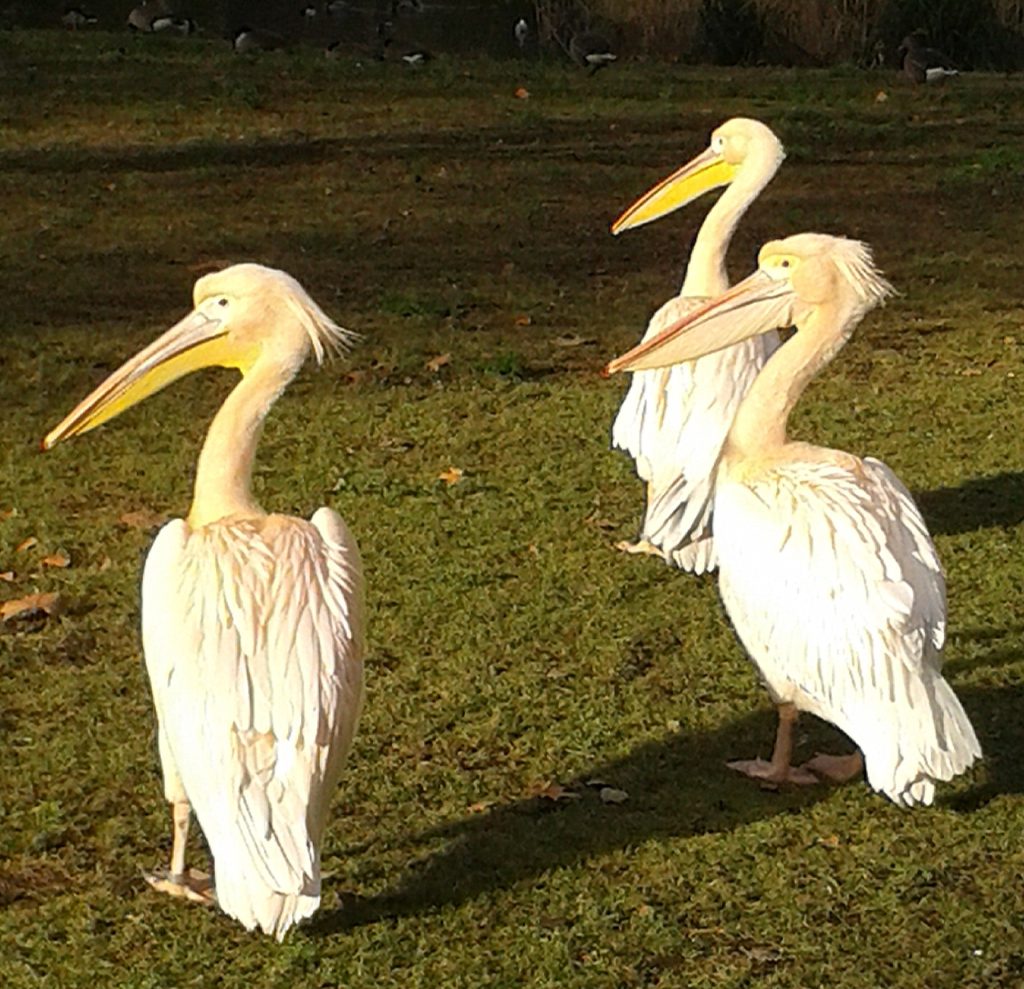
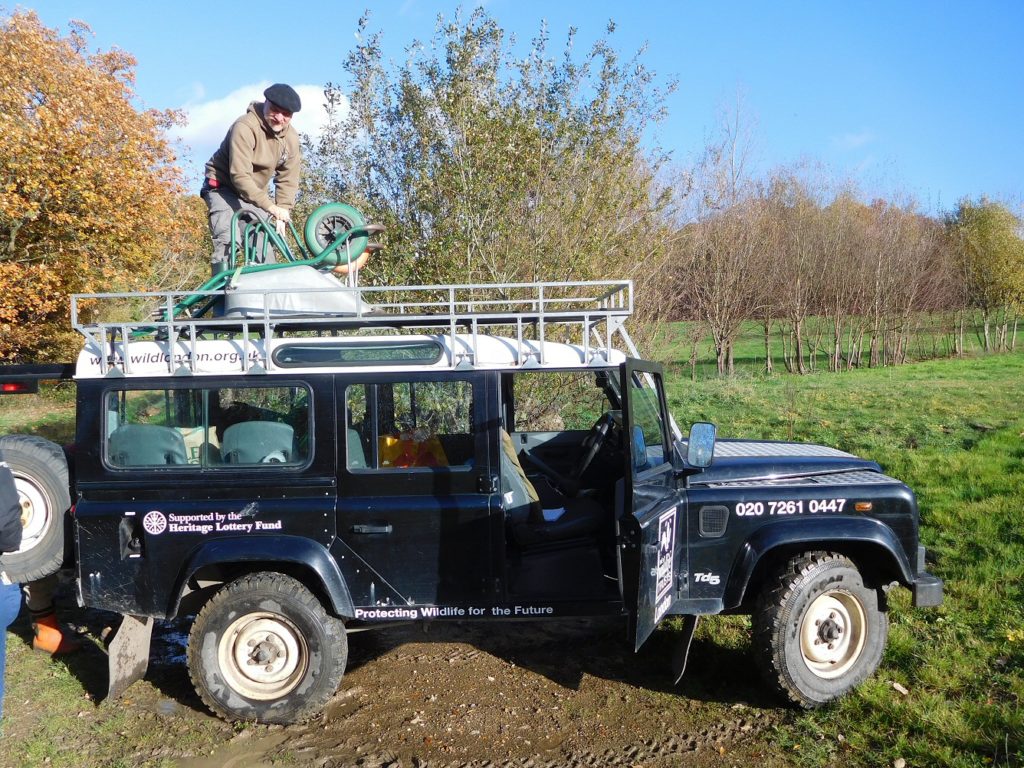
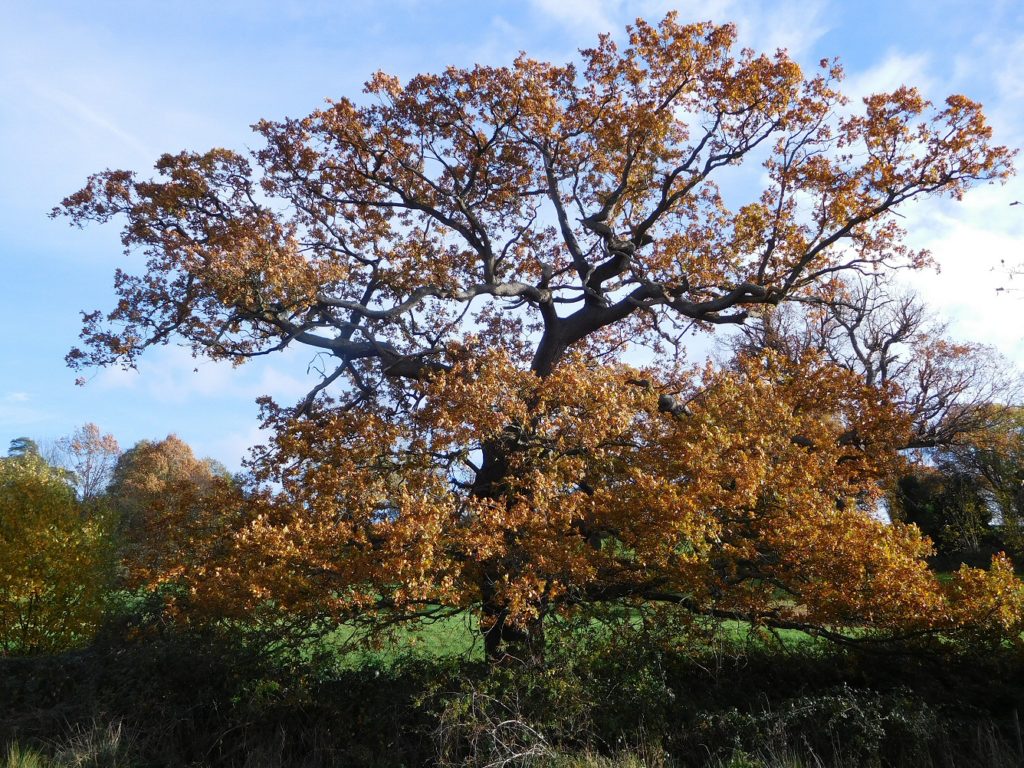
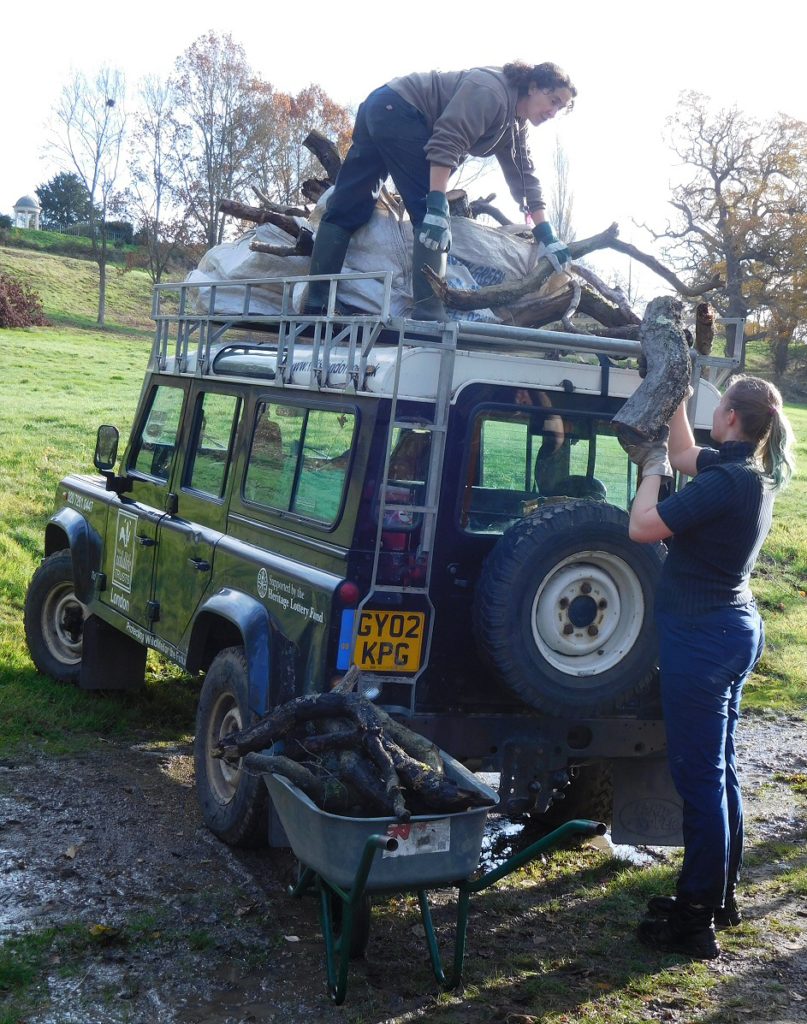
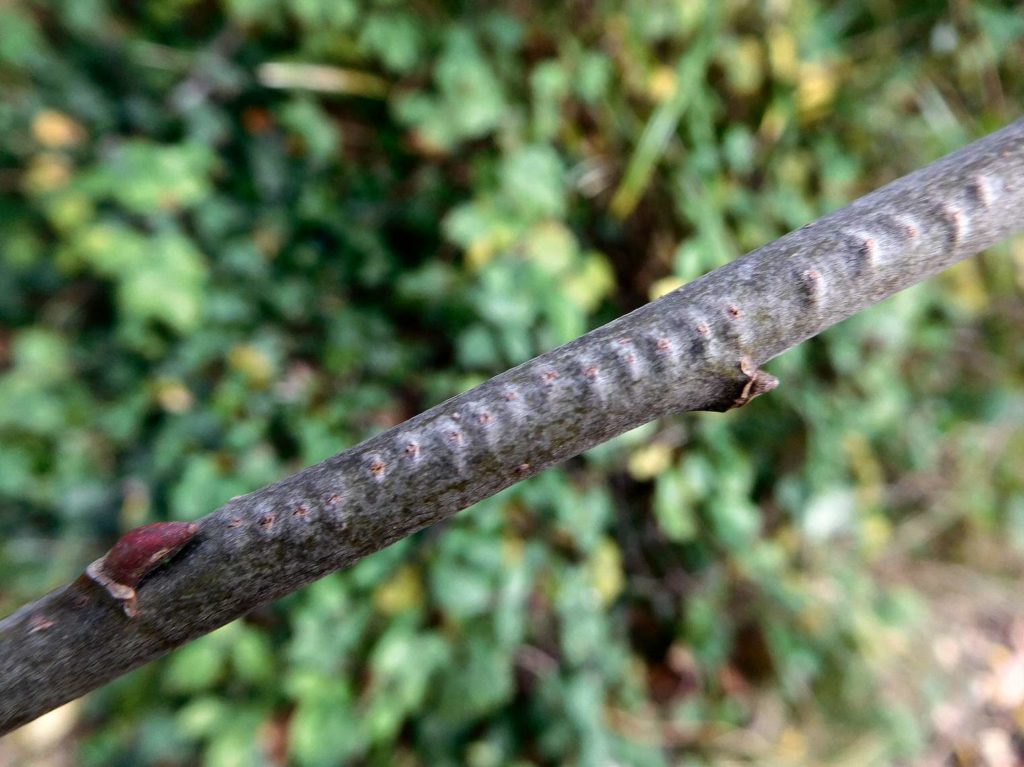
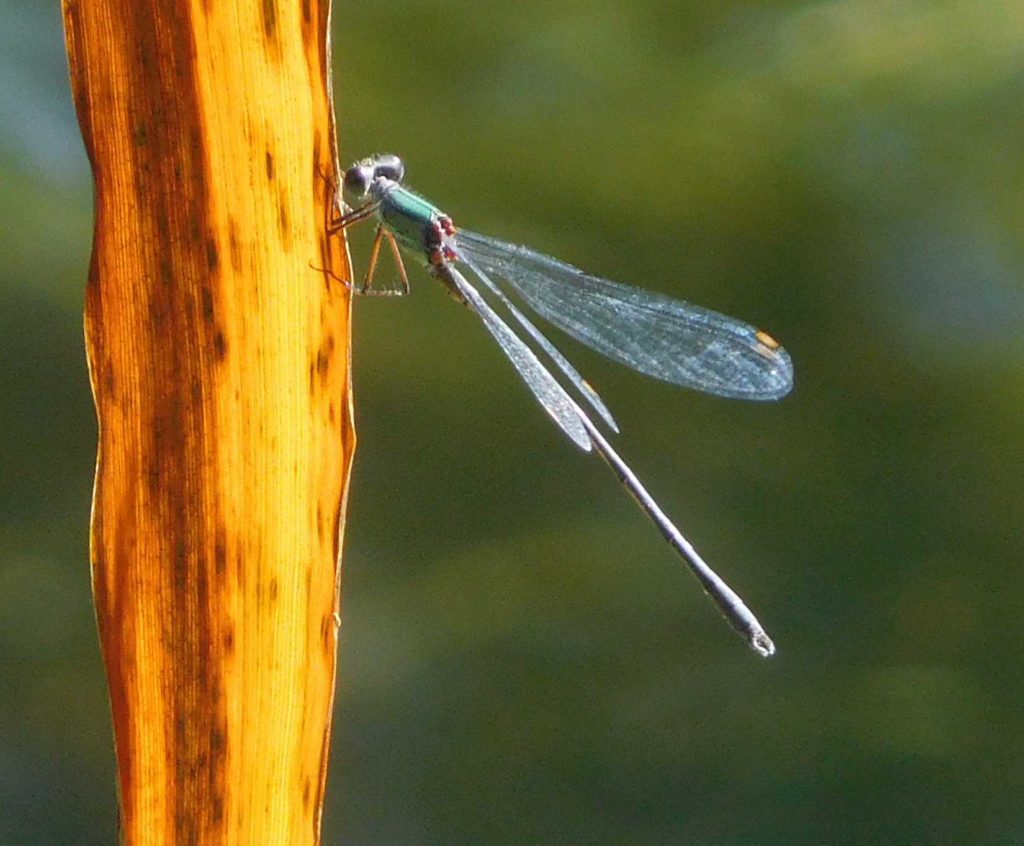
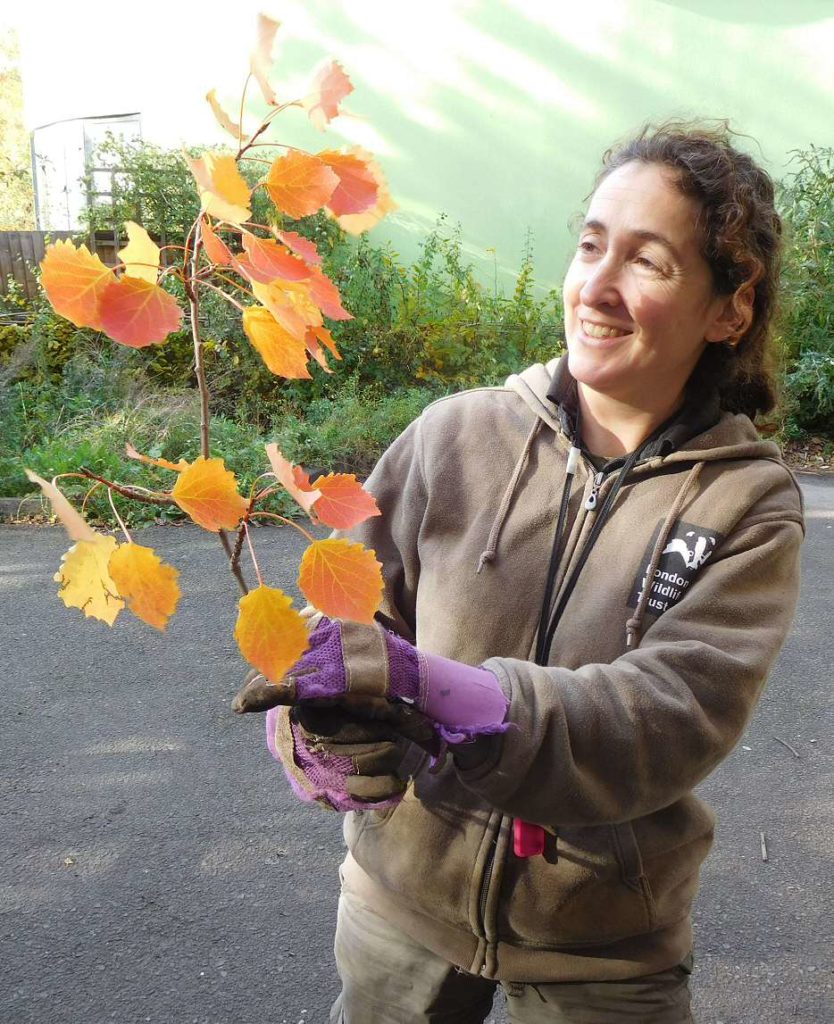
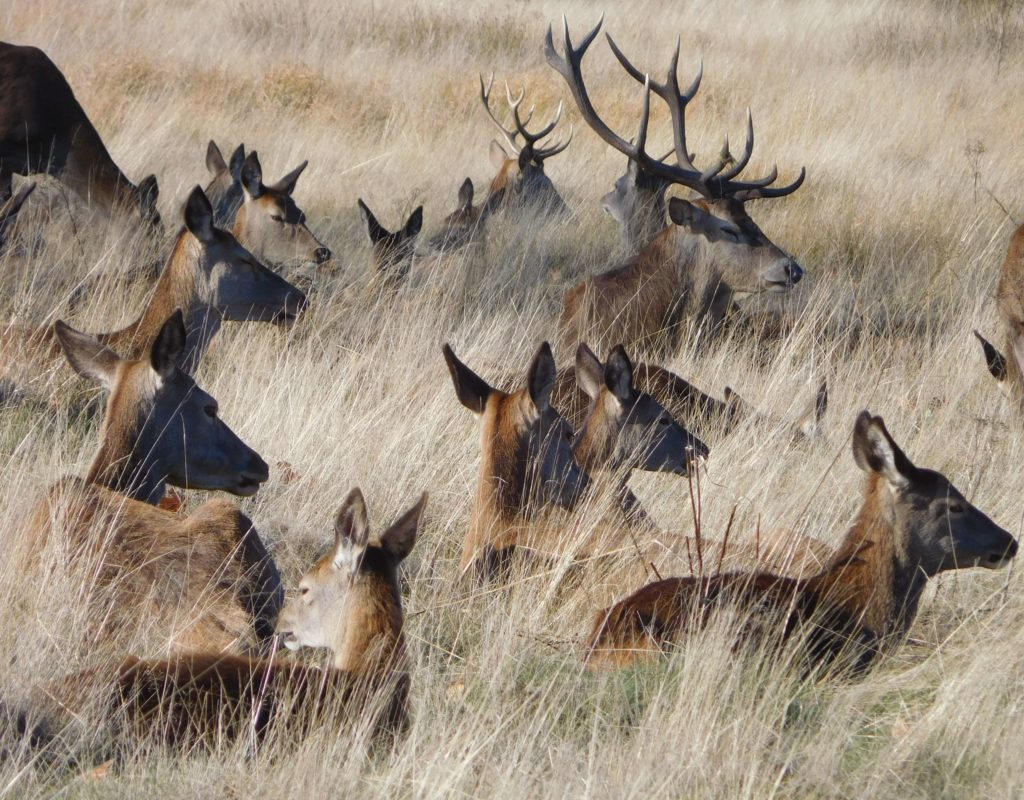
Well, I might reasonably have expected to see Red Deer in Richmond Park in today’s beautiful sunshine, but Dragonflies for Hallowe’en? That was a bit of a surprise. I saw that magical sparkle about 7 times, twice consisting of an attached pair (“in cop”) of Common Darters. Most of the rest were certainly also darters, but once I caught a flash of blue, so perhaps that was a Migrant Hawker or more probably a Southern Hawker dashing into the distance on the breeze.
